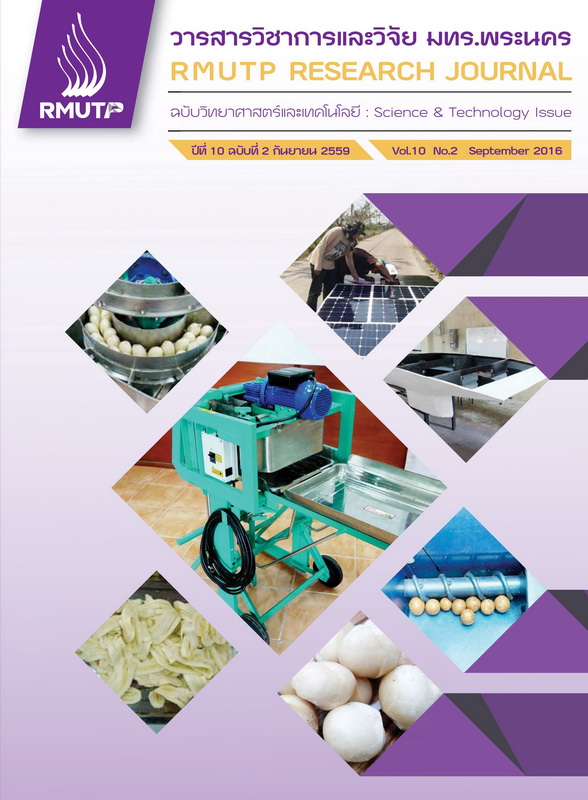A simple method of system response compensation of a near infrared instrument for determining Brix value of peaches
Main Article Content
Abstract
Abstract
A system response of a near infrared (NIR) instrument sometimes changes depending on measuring conditions such as warming up time, room temperature and the others. In the last peach experiment, we measured NIR spectra over 3 days and spectral differences were observed between spectra measured at the first day and those at the second and third days. Therefore, a simple method of system response compensation was examined. As a result of principle component analysis (PCA) of second derivative (2D) spectra of peaches, samples were separated into two groups, the first-day measured samples and the second and third-day measured ones on the plane consisted of PC1 and PC2. On the hypothesis that average 2D spectrum of each group should be almost the same, the difference of the average 2D spectra (D2D spectrum) was calculated. Using D2D spectrum, 2D spectra of the first-day samples were adjusted to those of the other samples. The data set including the adjusted one is called “compensated 2D data set” hereafter as compared with “original 2D data set”. As results of partial least square (PLS) regressions based on the original and compensated 2D data sets and Brix value of peaches, good SEPs of 0.98 °Brix for both cases could be obtained. The number of factors for the calibration model in case of compensated 2D data set was smaller than that in case of original one. It was concluded that the method using D2D spectrum could be used to compensate the difference of system response of an NIR instrument.


